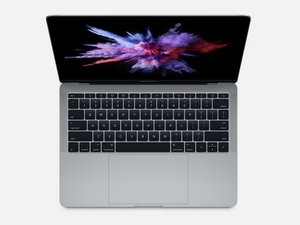Folder Question Mark & MacBook doesn't recognize the SSD Internal
My problem is that the mac does not recognize the ssd. Sometimes yes, and sometimes no. In the apple support they told me that it was the ssd and that I lost everything cause it was all damaged. Even that, I've been capable of saving everything because the mac recogized again the ssd. After that I changed the sdd but the problem still remains. Sometimes the mac recognize the disk and I reinstall the Macos and everything seems fine. But then, stops working and does not recognize the ssd again.
How to solve the problem of my MacBook?
Thank you for your answer anyway!
Questa è una buona domanda?


 1
1 
 338
338  973
973 